Modern restaurants are based on several factors. They offer a diverse selection of dishes and record diner behavior. They also emphasize the importance of great customer service. Listed below are some of the key features of modern restaurants. If you’d like to see how modern restaurants operate, read on. There are many ways to improve your restaurant’s profitability. Follow these tips to improve your menu. Once you’ve improved your menu, you can improve other areas of your business as well.
Modern restaurants are based on a number of factors
There are several factors that determine the ambiance of a restaurant. Some establishments specialize in specific types of food and may even devise a menu based on a customer’s diet. The choice of food is determined by a number of factors, including the type of food served, the location, and the service. Various factors determine the cost of a restaurant, the ambiance it offers, and the overall service and quality of food.
The type of food offered depends on a number of factors, including the quality of ingredients and their preparation. Some restaurants serve fresh, organic, local foods while others use packaged foods with preservatives. Some restaurants are deliberate about their preparation process while others cook large batches quickly. Many restaurants serve dishes that are beautiful and highly aesthetic. Other restaurants serve on disposable takeaway containers or fine dinnerware. While these factors will vary from establishment to establishment, they all have one thing in common – the concept of a restaurant that caters to different needs is crucial.
They offer a wide variety of cuisines
In the world today, you will find that most countries have their own cuisines. Each type involves certain cooking techniques, local ingredients, and combinations of spices. Many food cultures are a combination of several countries and have influenced one another in the making of delectable dishes. Some of the most famous cuisines are French, Indian, Thai, and Moroccan. Depending on the place you visit, you might also find a restaurant that offers cuisines from the Middle East, Africa, and Southeast Asia.
According to this study, the number of restaurants in a city is directly proportional to its population. For every 1% increase in population, the number of restaurants increases by one. But this relationship is not quite so clear-cut. Some cities have more cuisines than others. In other cities, the number of cuisines is proportional to its population, but this does not hold true for all cities. The same holds true for cities with greater ethnic diversity, as well as for cities with lower population densities.
They record diner behavior
As the world’s population ages, the way that we consume food and drink has changed dramatically. With the rise in consumption habits and the advent of new technologies, restaurants are doing more than ever to measure diner behavior and provide insights into the reasons behind it. A new study in Nature Communications shows that the willingness to perform certain behaviors can be influenced by a number of factors, including attitude, subjective norm and perceived behavioral control. The findings of this study support the theory of planned behavior (TPB) in a variety of contexts, including a food service setting, retail stores, and even individual consumers.
Data from restaurants’ social media pages can help improve customer experiences and identify VIPs. ThinkFoodGroup is a restaurant software that identifies wine aficionados from their social media pages and internal customer management systems. If they detect a wine enthusiast in a restaurant, the company can send over a top sommelier to talk about the nuances of pairing wine with food. Many of these technologies also track other important data about diners, including their birthdays, preferences for seating and even dietary requirements. Many of these programs also track potential VIPs and know which diners tend to post photos and posts on social media.
They emphasize great customer service
The key to delivering great customer service in restaurants is speed. Customers have certain expectations about the time it takes for their food to arrive, and it is imperative to meet those expectations. A restaurant serving tacos will likely need a fast turnaround time, while one serving a steak will take a little longer. Another crucial element of providing excellent customer service is dealing with customer complaints. Employees should be willing to help resolve problems and make the dining experience exceptional.
It is also important to provide exceptional customer service to existing customers. A happy customer is a regular, and a good restaurant should be flexible enough to accommodate their requests. By making sure to accommodate their requests, customers will be more satisfied with your food and your restaurant. And because a customer is likely to return to a restaurant several times in a row, they will be more likely to be regulars. If you’re unsure of what to do in the event of a complaint, try to be as polite as possible.



